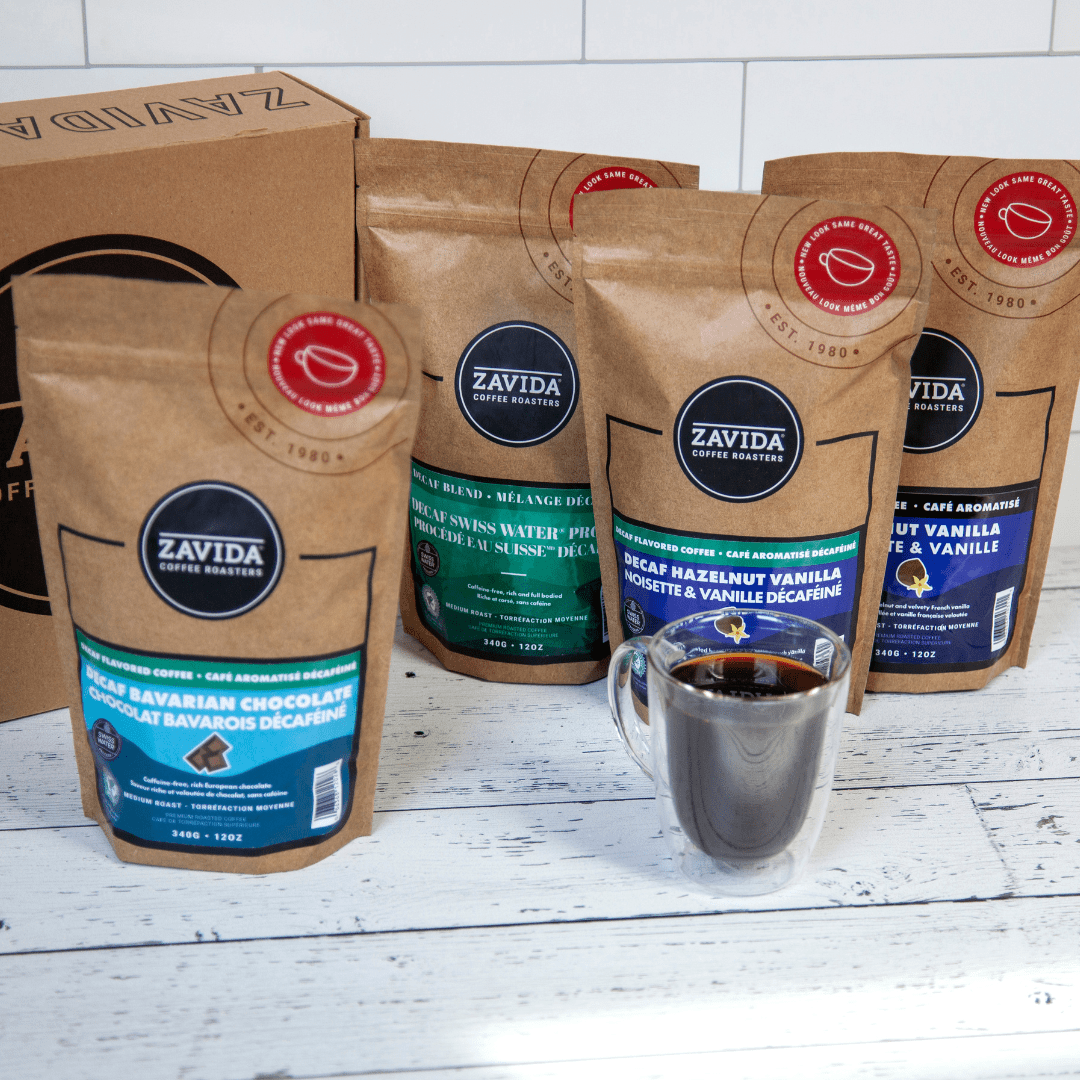How Much Caffeine in a Latte: Unveiling the Buzz!
A typical latte contains approximately 75-150 mg of caffeine. This amount can vary based on the coffee blend and the size of the drink.
Lattes elegantly blend the robust essence of espresso with the creamy richness of milk, making them a favorite among coffee lovers. Each sip offers not just a caffeine boost, but also a delightful taste experience. The exact caffeine content of your latte will depend on the number of espresso shots used and the type of coffee bean.
Specialty coffee shops might serve stronger variants, while homemade or automated versions could have less caffeine. Understanding the caffeine content in your latte ensures you can enjoy your favorite coffee indulgence while managing your caffeine intake effectively. Whether you’re kickstarting your morning or need an afternoon pick-me-up, knowing how much caffeine is in your cup allows you to savor the energy lift without the worry.
The Latte Landscape: Caffeine Content Revealed
The standard latte combines espresso, steamed milk, and a light layer of foam. A single espresso shot typically holds about 63mg of caffeine, which is the core of a latte’s caffeine content. The amount of milk does not affect caffeine levels. Yet, the size of the latte does matter, as larger sizes might include more shots of espresso. The choice of coffee beans also plays a role, with robust beans containing more caffeine than arabica.

Espresso Essentials: Core Of The Caffeine
Understanding the caffeine content in lattes is crucial for coffee lovers. Each shot of espresso, the core ingredient, contains a specific amount of caffeine.
Single shots generally have about 63 milligrams of caffeine, while double shots, doubles the quantity. The number of shots in your latte directly affects the total caffeine content.
The way espresso beans are prepared also plays a role. Grind size, water temperature, and extraction time influence caffeine extraction. Properly extracted espresso yields a balanced flavor and optimal caffeine.
| Espresso Shot | Caffeine Content |
|---|---|
| Single Shot | 63mg |
| Double Shot | Approx. 126mg |
Milk Matters: Does It Dilute The Caffeine?
A typical latte blends milk and espresso. People often believe that adding milk to espresso will reduce its caffeine content. This is a common misconception. The truth is, the caffeine remains unchanged regardless of milk quantity.
The standard ratio in lattes is one part espresso to three parts milk. This means that whether you’re sipping a small or a large latte, the espresso shot determines the caffeine level. In essence, no matter the milk amount, caffeine stays the same.

Caffeine Comparison: Lattes Vs. Other Coffee Drinks
A standard latte typically has about 75 milligrams of caffeine. This is less than drip coffee, which can have around 120 milligrams in the same serving size. By comparison, espresso-based drinks like a latte contain more caffeine per ounce but are served in smaller volumes.
For those who frequent coffee shops, it’s common to find a variety of specialty coffees. These include drinks like cappuccinos, macchiatos, and mochas. Each has a different caffeine content. A latte stands out as it offers a balance of milk and coffee, resulting in a moderate caffeine level.
| Drink Type | Caffeine Content |
|---|---|
| Latte | 75 mg |
| Drip Coffee | 120 mg |
| Espresso (1 oz) | 63 mg |
Personalizing Your Buzz: Customizing Caffeine Intake
For those with caffeine sensitivity, a standard latte might not be ideal. Decaf lattes offer a similar taste without the buzz. Choosing a half-caf latte strikes a perfect balance, giving a gentle boost. Tailoring your latte is easy by adjusting the espresso shots. A single shot of espresso roughly contains 63mg of caffeine. Opt for half a shot in a half-caf latte for less stimulation. Baristas can also mix decaf and regular beans for a custom caffeine level. It’s all about your personal caffeine intake.
Understanding Your Limits: Health Considerations And Caffeine
Knowing the caffeine content in your latte is important for health. Adults should not exceed 400 milligrams of caffeine daily. This is about four cups of coffee. Your tasty latte can have 75 to 150 milligrams in a single cup. It’s crucial to keep track and stay within safe limits.
Too much caffeine may cause problems. You might feel nervous or have a racing heart. Some have trouble sleeping. Others might get headaches. If you drink lots of coffee, lattes, or energy drinks, watch for these signs. Stick to the recommended amount to stay healthy.

Frequently Asked Questions Of How Much Caffeine In A Latte
How Much Caffeine Is In A Single Latte?
A standard single-shot latte typically contains about 63 milligrams of caffeine, stemming from the shot of espresso used. However, the exact amount may vary based on the coffee bean origin and preparation method.
Does Latte Caffeine Content Differ With Size?
Yes, the caffeine content in a latte increases with size. A small latte may have 63 milligrams, while a large one can contain up to 126 milligrams or more if extra shots of espresso are added.
Can Decaf Lattes Be Caffeine-free?
Decaf lattes contain caffeine, but in very small amounts – usually around 3 to 15 milligrams per shot of decaf espresso. They are not completely caffeine-free but are significantly lower than regular lattes.
How Does A Latte Compare To A Drip Coffee In Caffeine?
A standard 8-ounce cup of drip coffee contains about 95 milligrams of caffeine, which is typically higher than the caffeine content in a single-shot latte due to the difference in brewing methods and coffee-to-water ratios.
Conclusion
Understanding the caffeine content in your latte can help you manage your intake. Most lattes deliver a moderate caffeine boost, ideal for a gentle wake-up or a midday pick-me-up. Always consider your own caffeine sensitivity and preferences to enjoy your latte to the fullest.
Stay informed and sip sensibly!